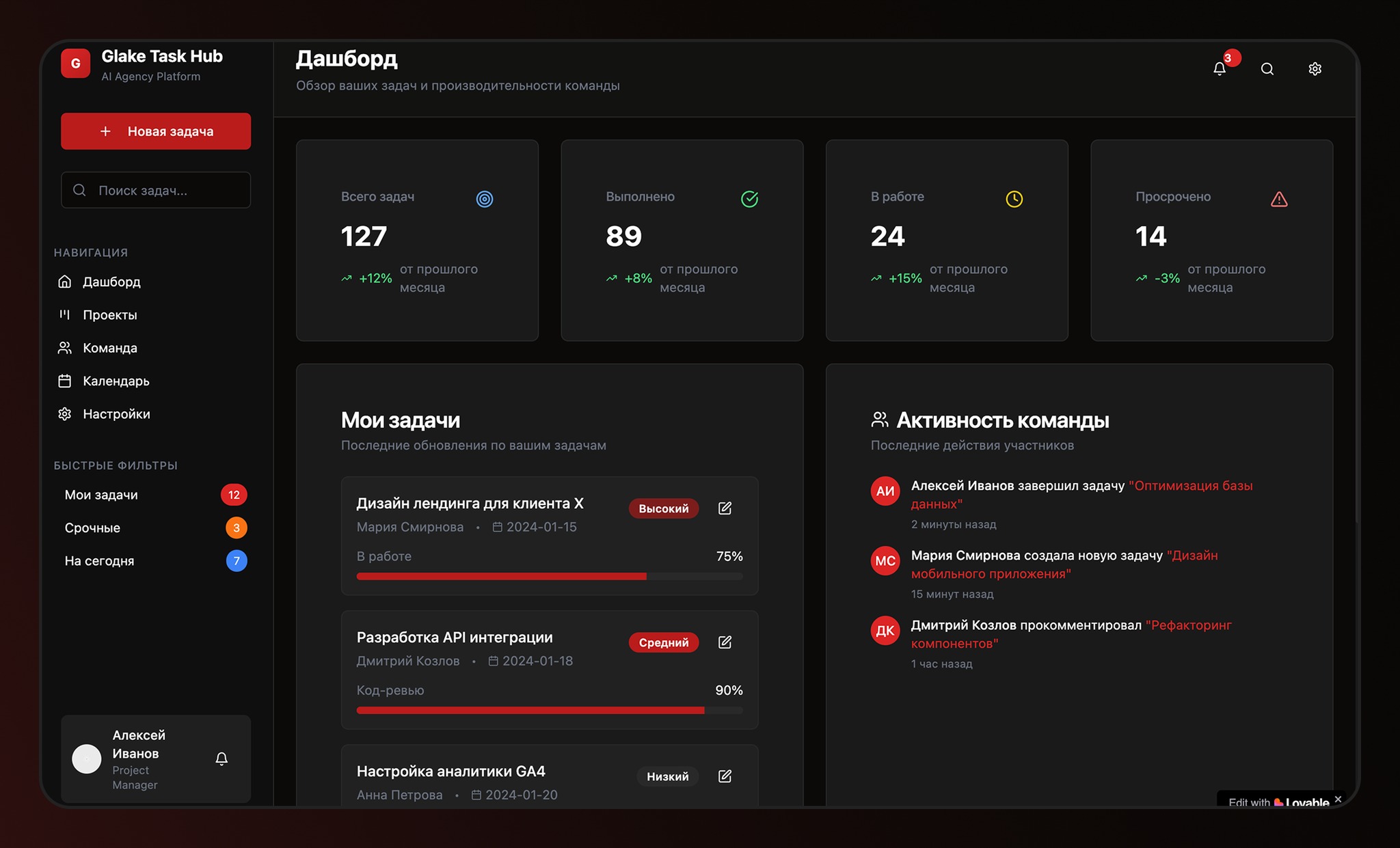The fourth wave of summer heat that hit Spain in the week of August 21 will be one of the strongest in the summer of 2023. Almost the entire peninsula suffers from suffocating temperatures with values exceeding 40 °C. Only the Bay of Biscay and the southeast coast have been spared, although temperatures are expected to reach 42°C in some areas due to southerly winds.
But how long will this heatwave last? The State Meteorological Agency (Aemet) explained that the new rise in temperature is due to strong insolation into a warm and stable air mass. And so it will be until Thursday, August 24th.
On the third day of the heat wave, temperatures peaked at 43.8°C in Almonte and El Granado, as in Huelva, breaking several August records. Zamora with 41.1°C, Salamanca with 40.1°C, Valladolid with 40°C and Ponferrada with 40°C are the absolute maximum temperatures recorded in these cities in August.
In addition, Segovia experienced an alarming temperature of 26.3 ºC in the early hours of the morning, the highest low since Spain’s record-breaking temperatures in the city.
In the case of Madrid, the monitoring and control system for the effects of heat waves, approved last April, remains active. Today, Wednesday, 39°C is expected in the capital, and 39.4°C on Thursday. Although there will be a significant drop over the weekend with a maximum of 30°C on Saturday and 25.5°C on Sunday.
From Friday, August 25, we will begin to observe a gradual decrease in temperature throughout the Iberian Peninsula. The reason will be a much cooler Atlantic air mass.
Heat waves are getting more intense due to climate change
Heat waves, which are becoming more frequent and intense, are caused by climate change. Experts say that if we do not stop burning fossil fuels, such extreme temperatures will become the norm in the future.
The effects of the heat wave experienced by Spain have been repeated in many regions of Europe, the USA, China and even South America, where it is now winter.
World Meteorological Organization (WMO) warned at the end of July that there would be no immediate respite from what they called a “summer of extremes”. They warned that August would continue with above-average high temperatures, and they were right.
Representatives of the organization also explained that there are more and more studies showing that there is a direct link between changes in weather patterns and global warming. The August heat wave is another consequence of effects such as Arctic temperatures rising four times faster than the global average, causing winds known as jet streams to slow down.
“The jet stream gets weaker and weaker as hot air moves north and cold air moves south,” Alvaro Silva explained. euronews. “In these conditions quasi-stationary weather conditions are established causing heat waves and prolonged droughts in some regions and heavy rains in others.”
On the other hand, a report from Intergovernmental Commission on Climate Change (IPCC) confirmed in early 2023 that an increase in the frequency and intensity of heat waves has been occurring since the 1950s, coinciding with a time when fossil fuel burning began to increase significantly.

It is estimated that in 1950 the world emitted 6,000 million tons of CO₂. By 1990, this figure had nearly quadrupled to 22,000 million tons of CO₂. In 2021, we emitted 37,120 million tons of CO₂.
In accordance with World weather attribution “This heat wave is unprecedented for humans. Europe is experiencing longer, hotter and more frequent heatwaves due to anthropogenic climate change.” One of its representatives also reminded that we will have time to reverse this trend by reducing global emissions to zero.
Source: Hiper Textual












